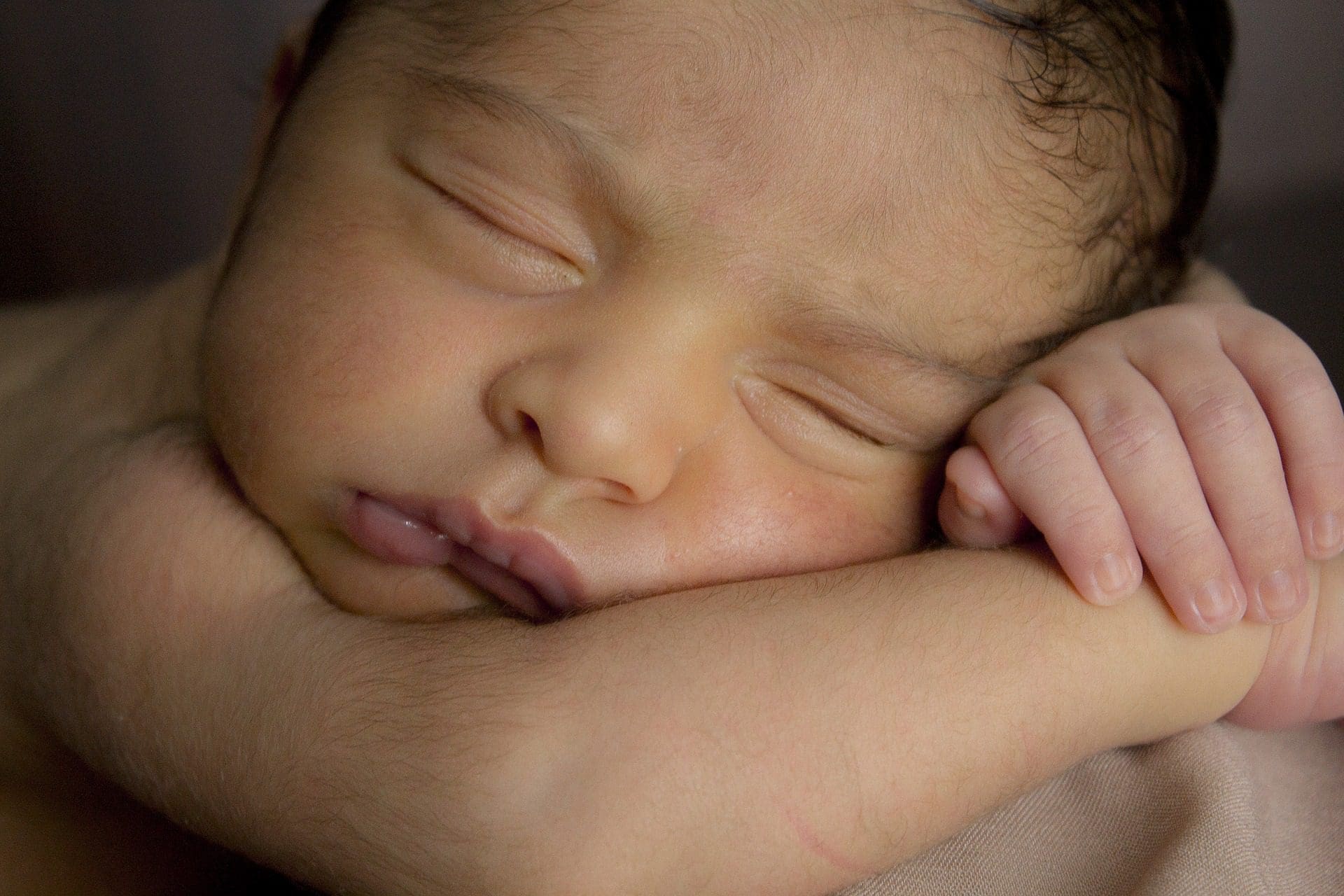
There are two types of allergies, environmental and food. It is difficult to comprehend what your child is going through especially if you yourself have never dealt with allergies. As parents we want to make things as easy as we can for our children, especially illness. Hopefully this article will help guide you in preventing the number of allergy attacks which can affect them.
Trying to understand your child’s allergies can be a daunting task. Scientists developing nasal drug delivery technology say that allergies can be caused by a number of environmental factors, so it is often hard to diagnose a child on your own. However, as a parent, listen to your gut. If that runny nose and cough seem like more than just the common cold, talk to your doctor about the possibility of allergies.
There are a number of tests which can be done to get a better understanding of what your child is allergic to. A prick test is when a small amount of a potential allergen is inserted into the skin. This can be done many times, each time with a different allergen to pinpoint the specific allergies.
The blood test is another method of discovering allergens. Blood is taken from the child and allergens are added to it to see how much IgE Antibody the blood will produce in response to the allergen. The advantage of this is that no potential allergens are coming in direct contact with your child’s body so if their allergies are dangerous or life threatening no harm will come to them during the testing process.
After testing there are a number of different ways to help prevent an allergy attack. For food allergies the most effective way of preventing an attack is simply not allowing your child to consume their trigger food. Secondly, make sure that everyone who is close to your family and who is a potential caregiver knows exactly what foods your child is allergic to.
If your child is allergic to wheat, soy, dairy, (anything which can be accidentally served to them) try packing lunches which contain acceptable foods for them to eat. Many grocery stores are now carrying alternative food items which contain no wheat, no dairy etc. Most importantly teach them as much as you can about the foods which they are not allowed to consume. Make sure they know how to spot and decline it when you are not around to be their advocate.
Environmental allergies can be equally frustrating if not more because they are hard to prevent. Children who are allergic to dust or have hay fever tend to have runny noses, watery, red eyes, coughing and sneezing.
For children who are allergic to dust it is important to remove as many potential causes as you can from your home. Remove any carpets in the house or invest in a vacuum that has an allergen filter. Wash the bed sheets as often as possible as this is where dust mites like to gather. Although many of us love a clean smelling house, heavily perfumed cleaners, candles or plug-ins can irritate your child and are not recommended. Most importantly, dust often. Use a wet rag instead of a duster because the rag will capture the dust while the duster will spread it.
Children who have hay fever are allergic to pollens in the air outside during certain times of the year. While it may seem that there is nothing you can do about Mother Nature and her pollen, there are still ways you can help prevent an allergic reaction. Try to keep them inside if there is a high pollen count. If they do happen to wander outside make sure that they get a bath upon returning inside. Thoroughly wash their hair and skin to remove any potential allergens on their body.
We cannot protect our children from many things in this life, but childhood allergies do not have to be one of them. Put these tips into effect and see if they benefit your child. A reaction will still happen every once in a while, but at least it’s good to know that you’ve done everything you can to prevent it.

Be the first to comment